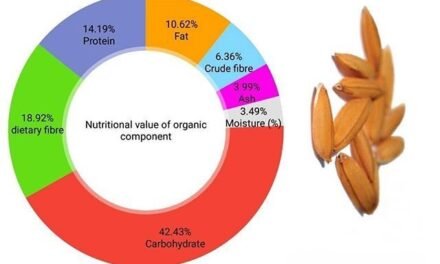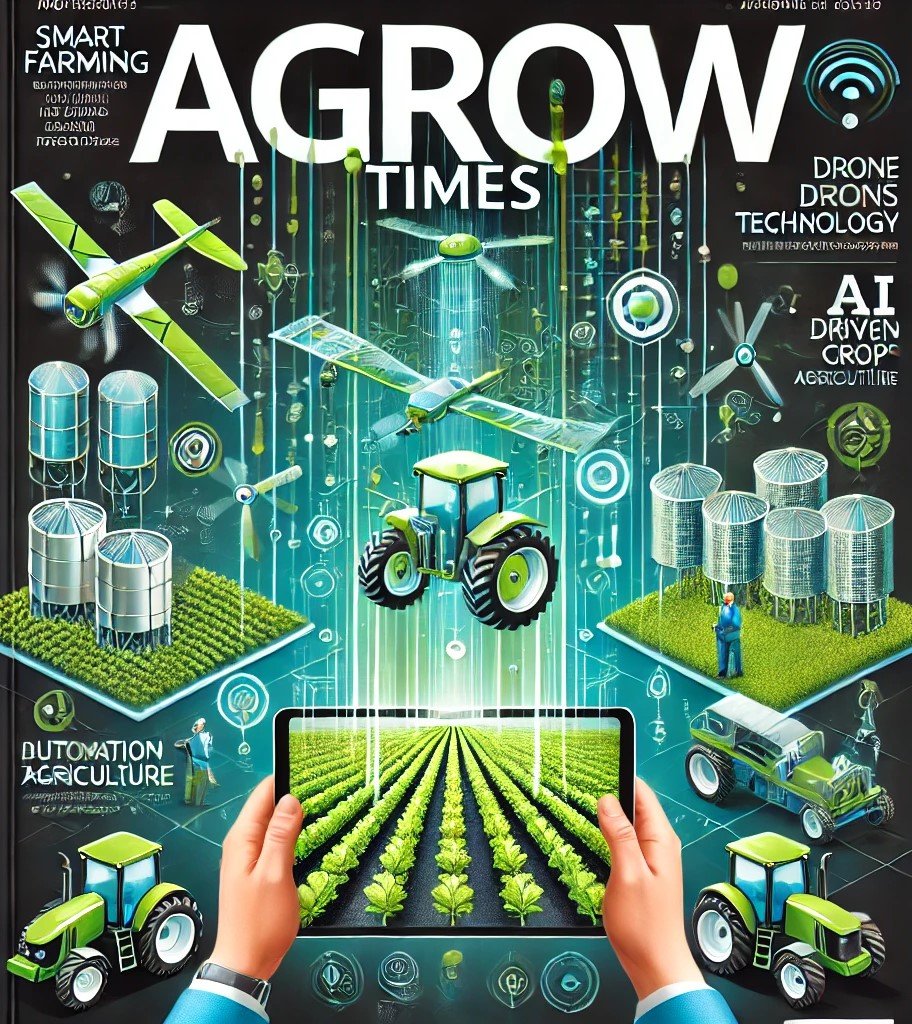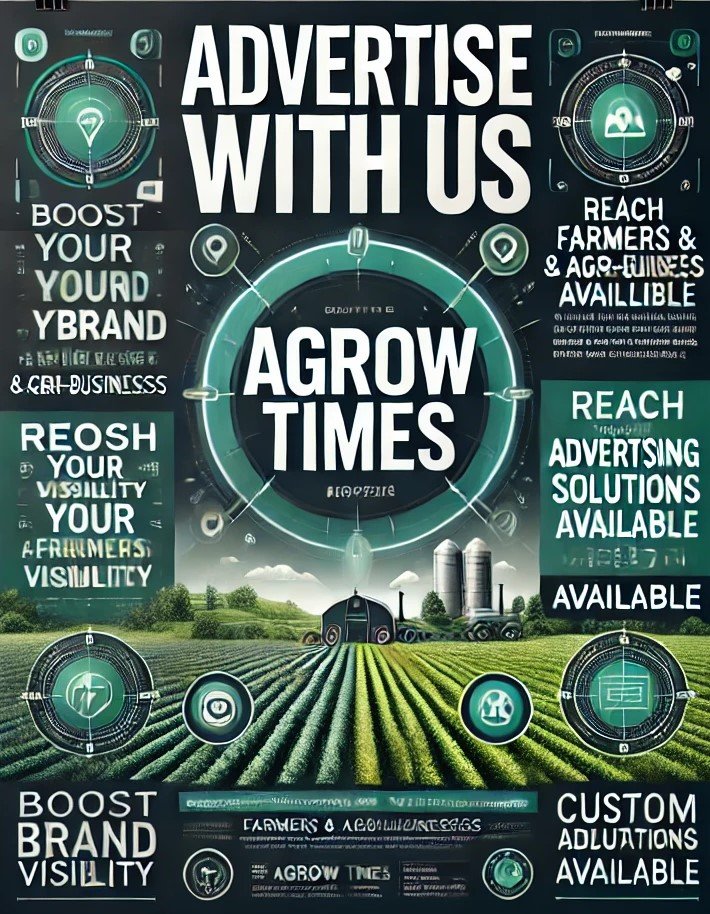Food and beverage manufacturers employ a variety of systems, protocols, and technologies to ensure the safety and quality of their products, addressing risks at every stage of the production process. Here are the key practices:
1. Adherence to Food Safety Standards
- Description: Compliance with internationally recognized standards such as HACCP (Hazard Analysis and Critical Control Points), ISO 22000 (Food Safety Management Systems), and regulatory requirements from organizations like the FDA or EFSA.
- Examples: Implementing HACCP to identify and control potential hazards at critical points in production.
2. Raw Material Quality Assurance
- Description: Rigorous testing and inspection of raw materials to ensure they meet safety and quality criteria before entering the production process.
- Examples: Screening for microbial contamination in milk, checking pesticide residues in fruits, or ensuring water purity in beverages.
3. Good Manufacturing Practices (GMP)
- Description: Adopting GMP to maintain a hygienic production environment, proper equipment maintenance, and staff training to minimize contamination risks.
- Examples: Regular equipment cleaning, sterilization, and personal hygiene protocols for workers.
4. Process Control and Monitoring
- Description: Use of automated systems and sensors to monitor critical parameters such as temperature, pressure, and pH during production to ensure consistency and safety.
- Examples: Monitoring pasteurization temperature for milk, ensuring proper carbonation levels in soft drinks, or maintaining fermentation conditions for alcoholic beverages.
5. Testing for Contaminants
- Description: Comprehensive testing for microbial pathogens (e.g., Salmonella, E. coli), chemical residues, and physical contaminants at various stages of production.
- Examples: Microbial testing in yogurt, allergen testing in snacks, and metal detection in packaging lines.
6. Traceability Systems
- Description: Implementation of traceability systems to track the origin, movement, and processing of ingredients, ensuring accountability and enabling quick responses to safety issues.
- Examples: Using barcodes or RFID tags for ingredient tracking and maintaining digital records for audits and recalls.
7. Packaging Integrity
- Description: Ensuring that packaging materials and methods protect products from contamination, preserve freshness, and comply with food-grade safety standards.
- Examples: Using tamper-evident seals, vacuum-sealed packaging, or aseptic techniques for extended shelf life.
8. Quality Control and Assurance Programs
- Description: Employing QC (Quality Control) teams to inspect products at various stages and QA (Quality Assurance) teams to develop systems that prevent defects.
- Examples: Random sampling of finished products for taste testing, texture analysis, and compliance checks against specifications.
9. Employee Training and Education
- Description: Regular training programs for employees on food safety, hygiene, and equipment operation to minimize errors and contamination risks.
- Examples: Workshops on allergen management or updates on regulatory changes.
10. Shelf Life and Stability Testing
- Description: Conducting stability tests to determine how products perform under various storage conditions, ensuring safety and quality throughout their shelf life.
- Examples: Testing bottled beverages for flavor changes and microbial growth over time.
11. Use of Technology and Innovation
- Description: Leveraging advanced technologies such as blockchain for traceability, AI for predictive quality analysis, and automated machinery for precision processing.
- Examples: AI-driven systems that detect irregularities in product batches or blockchain-enabled transparency for supply chain management.
12. Regular Audits and Inspections
- Description: Conducting internal and third-party audits to assess compliance with safety standards, identify areas of improvement, and maintain certifications.
- Examples: Annual BRCGS (Global Standards for Food Safety) audits or surprise inspections by regulatory bodies.









